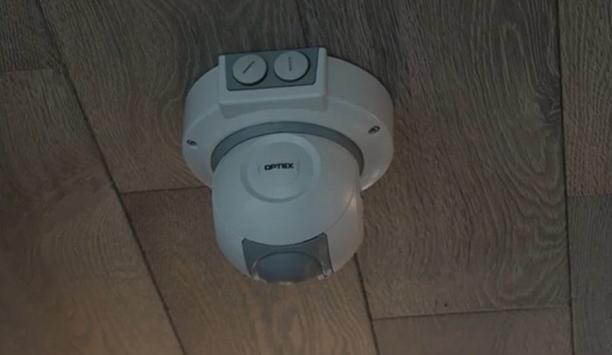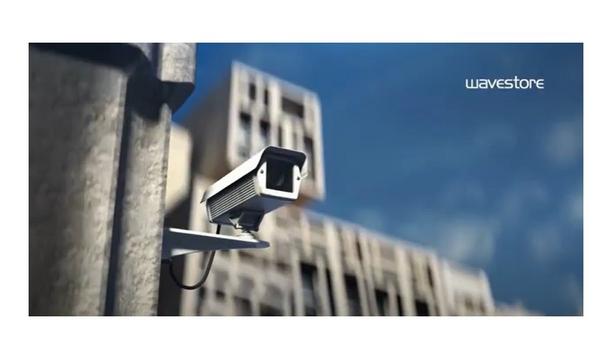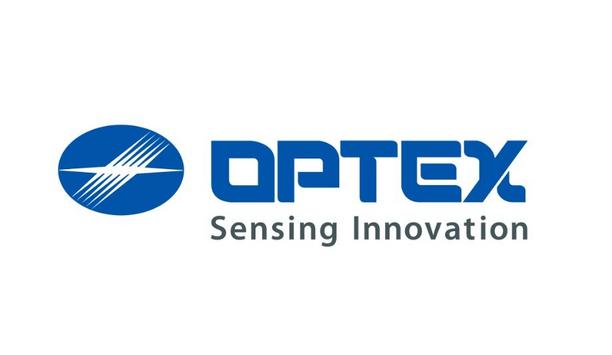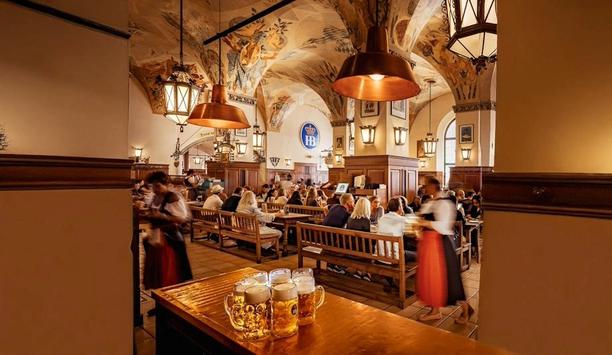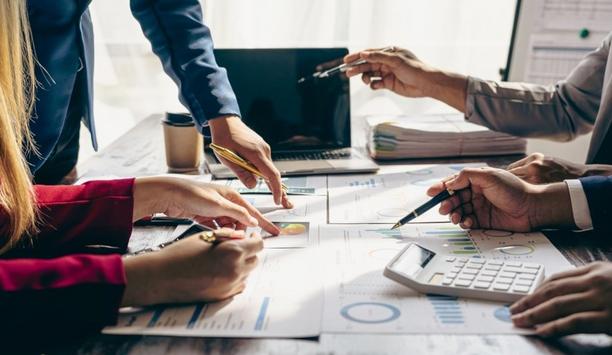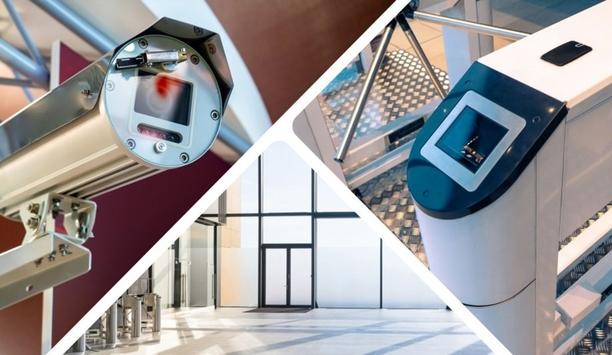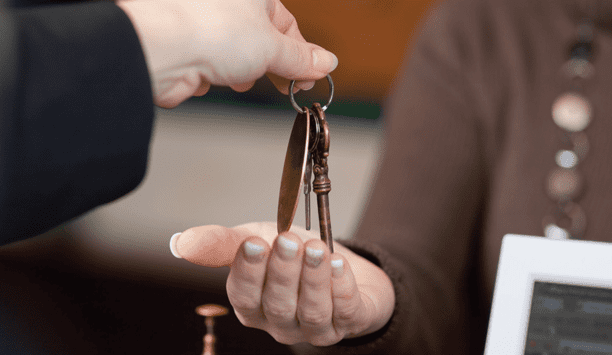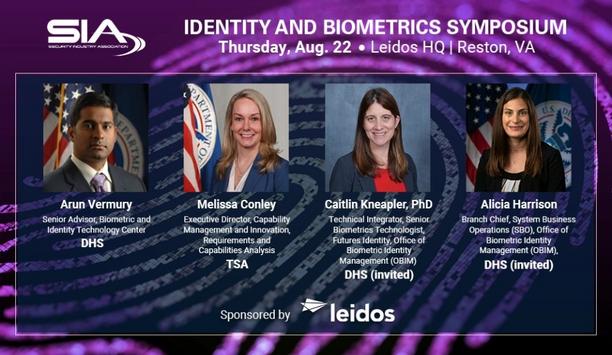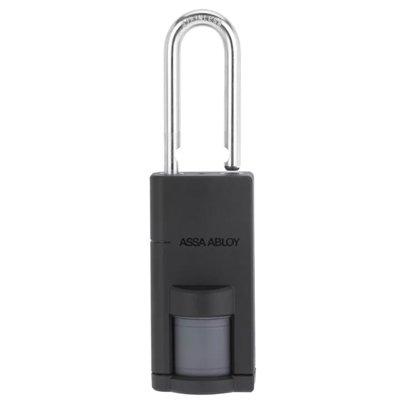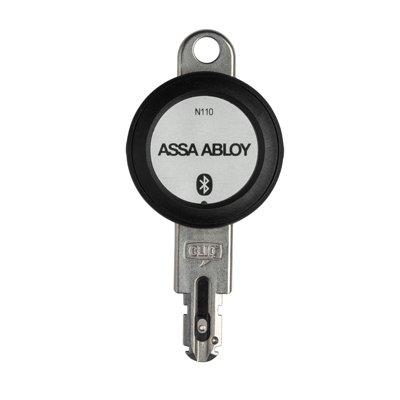We are slowly returning to normal after the COVID-19 pandemic that has swept the world. The journey to normality is going to see a large number of changes, and the physical security arena is set to be front and center in both implementing changes to keep the rest of the organization safe and within their own policies and procedures.
Our return to work journey can be broken down into a number of areas for consideration. This is by no means an exhaustive list but will highlight the areas in which a security team can offer valuable insight and direction, and also some areas that end users may wish to consider as security leaders.
Processes and procedures
Employees returning to a site is going to be a major step for any organization, and this is where security leaders are going to be called upon to help. In these times of enforced social distancing, lockdown procedures, deep cleaning and personnel interaction protocols, each COVID protection program has a process to follow and this is the first place a security operations team may lend their experience. Physical security is built upon and relies on procedures and processes that must be strictly followed to be successful. These processes may be translated into the wider organization to help minimize confusion as the site becomes more populated.
It is also a good time to review your own policies and procedures to ensure that they are adapted to meet the needs of the organization as people return to work. It is likely that you will have to increase the number of patrols or guards at access points, and you may have a new investigative process to consider for track-and-trace requirements, should there be a positive COVID-19 result.
Monitoring
The Security Operation Center (SOC) is likely to become an even more important part of the day-to-day operations on site. It acts as the centralized point for monitoring and incident management and may be subject to greater strain, incidents and demands than before. Ensuring that your SOC is suitable and equipped to handle these operations is key.
While you may not have enough security staff to actively monitor your entire camera estate, video analytics provide a key ally. Many VMS manufacturers have simple video analytics built into their software, but there are specific tools available to help detect infractions around social distancing: people counting in a specific area to avoid over-crowding and a de facto fail on the social distancing measures; mask or PPE wear detection to ensure that people are appropriately dressed for their own protection; and people movement monitoring makes sure your employees aren’t bypassing the one-way system that you’ve implemented.
An alert can be set up to identify when employees get within 6 feet of each other
A particularly useful technique here is object distancing, where an alert can be set up to identify when employees get within 6 feet of each other for an extended period of time, aiding you in social distancing requirements. A second is built on wrong direction monitoring and will ensure that the one-way systems you create are being followed by staff and public alike as the analytic is capable of determining direction of travel for a pedestrian. A more advanced analytic may be the detection of PPE and ensuring that staff are wearing the appropriate masks and protective gear, although this is relatively dependent on strong camera positions and ensuring that the field of view is appropriately configured.
There are a number of options to integrate with your access control systems, both physical and technology based. Thermal cameras and temperature probes may be used at entry points to ensure that anyone with a fever isn’t admitted to a location (although be careful when selecting a thermal camera and do thorough research on the temperature variation that it is able to detect).
Human-to-human interaction
Your physical security team is often the first human point of contact for your employees and often the most important. It may be necessary to increase your patrol and guard workforce temporarily to ensure that all entrances are covered and that entry procedures are tightened up or enhanced. I am confident that employees won’t mind an extra minute or two at the entrance for the improvement in their own health and wellbeing.
If you do have an incident, perhaps where an employee is felt to be breaking the rules by not distancing appropriately, or ignoring mandated procedures, then your guard and patrol teams become vital peacekeepers in defusing and de-escalating the incident.
Those same team members should also be trained in incident control and investigation, and with a well configured security environment (surveillance, electronic access control, personnel checks, etc.), they should form the basis of the track and tracing process of all staff that were on site and in contact with an infected employee should the worst happen and you have a positive COVID test returned.
Protecting your security personnel
Physical security operations team should be fully equipped with appropriate PPE
This leads to my final point: your physical security operations team should be fully equipped with appropriate PPE, both while on patrol and in the SOC. Installing plexiglass panels between monitoring stations and spacing the monitoring stations appropriately should be the minimum first step.
If your team is large enough, implementing a split A and B team is another possibility, with no interaction or risk of cross contamination between the teams, and a deep cleaning of the SOC and each guard station at the end of every shift. This ensures that you’ve covered at least 50% of your personnel in case of a COVID-positive event to keep operations moving, but also helps to create a contained working environment for this critical security function. If you have the space and the equipment, creating a secondary SOC, or engaging a remote GSOC (Global SOC) provider will improve your monitoring capabilities (GSOC companies are usually equipped with the latest video monitoring technologies) and reduce the risk of cross contamination.
As you’ve read, there are many ways in which your physical security operations team can aid you in a successful return to work, playing a vital function in monitoring, managing and interceding in your organization. One final note: thank you to those front-line personnel for their tireless efforts in keeping us safe and healthy.


